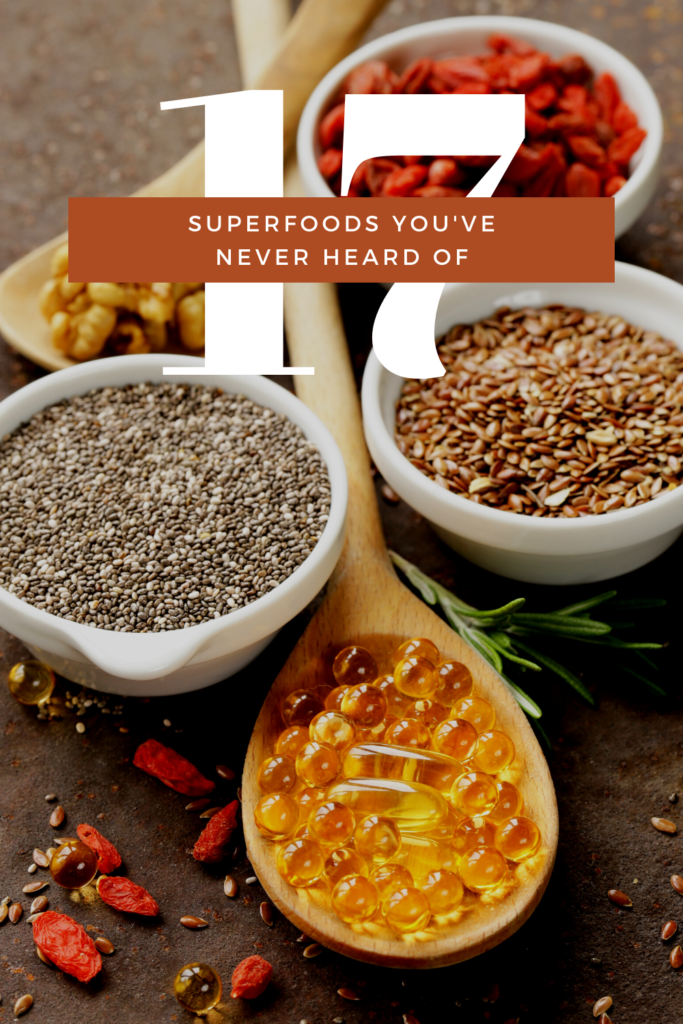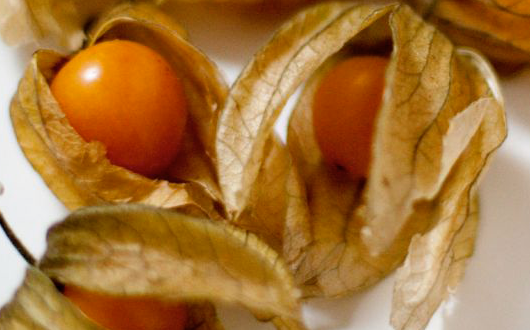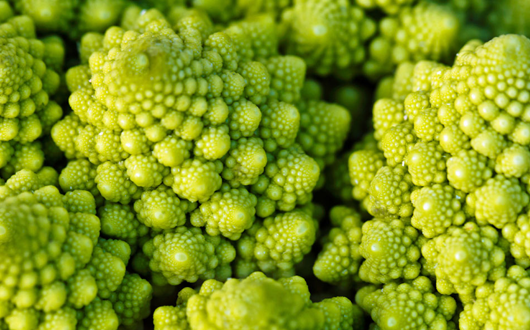
When listing popular superfoods, the first ones that come to mind are the ones getting a lot of good press, like quinoa or chia seeds.
“Superfoods” get a lot of good press due to the high levels of vitamins, minerals and antioxidants they contain.
They are good for you and can help lessen or sometimes even treat medical conditions without the nasty side effects that pharmaceuticals have.
If you’re getting sick of a diet full of quinoa, chia seeds, kale, and spinach, consider adding one of these nutritional powerhouses from this list of superfoods to your diet.
Teff
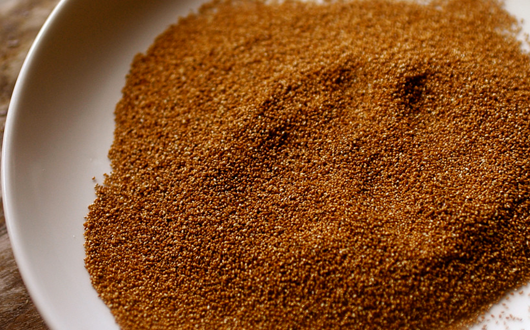
Teff is a gluten-free grain that is native to Ethiopia. It has 50% more protein than even brown rice. It has a nutty flavor, is high in protein, calcium, and iron.
Za’atar
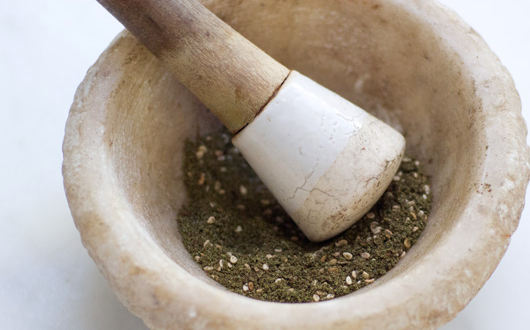
Za’atar is a Middle Eastern Oregano or a spice mix that combines oregano, marjoram or thyme, sumac, salt and sesame seeds.
It can be added to foods such as bread, meat, cheese, and olive oil. Za’atar is a good source of carvacrol, which is an antioxidant. It can help boost learning and mood levels.
Chlorella

Chlorella is a blue-green alga that is high in antioxidants, plant-based protein, vitamin B complex, peptides, chlorophyll, nucleic acids, amino acids, and iron.
There are early studies showing that chlorella is beneficial in many facets of health, including weight loss, allergies, arsenic poisoning, and ADHD.
Sea Buckthorn
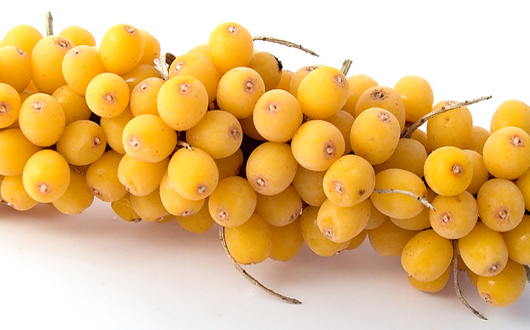
Sea buckthorn is an acidic berry that is high in omega-7, which regulates glucose and lipid metabolism. It has more than 15 times the amount of vitamin C found in oranges.
Sea buckthorn is also high in vitamin E and amino acids. It is often used in traditional Chinese medicine and sometimes even in beauty products.
Pichuberries
Pichuberries (Physalis peruviana) is a fruit plant native to the Andes. It is also referred to as an Inca berry or an aguaymanto. It looks like a small yellow tomato.
Not only do these berries have a 45-day shelf life, but they are an excellent source of vitamin C, up to 20 times as much as you would find in an orange.
Pichuberries have antioxidants that help fight cancer, boost your immune system and help mitigate allergy symptoms.
Sacha inchi
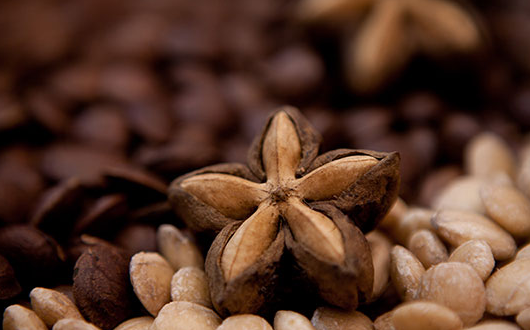
Sacha inchi is a Peruvian plant sometimes referred to as a mountain peanut, sacha peanut, or Inca peanut. It has a nutty flavor (hence the nicknames) and helps promote weight loss by reducing abdominal fat. Sacha inchi can also be used to help reduce high cholesterol. It is also a great source of vitamin E and omega-3, 6 and 9 fatty acids.
Salsify
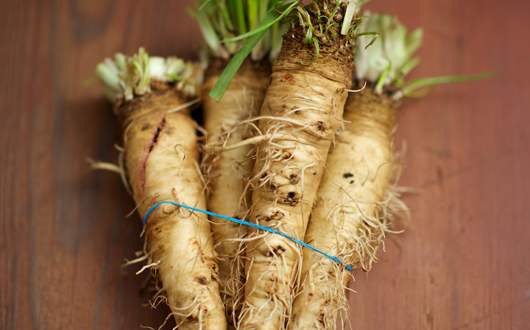
Salsify (or vegetable oyster) is a root-based plant native to the Mediterranean. Salsify is a good source of phenols, protein, fiber, vitamin C, potassium, complex carbs and certain B vitamins.
The phenols make salsify a great source of cancer prevention. It also helps balance your GI bacteria.
Maca
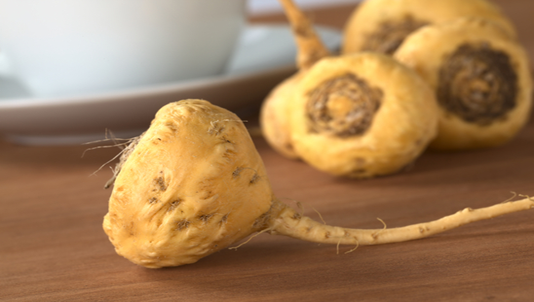
Maca is a Peruvian root vegetable, usually available in powdered form to add to drinks or smoothies. Maca is a good source of vitamin B, zinc, iron, and calcium.
This superfood can increase your energy and libido, regulate hormones and helps to relieve PMS-type symptoms.
Buffaloberries
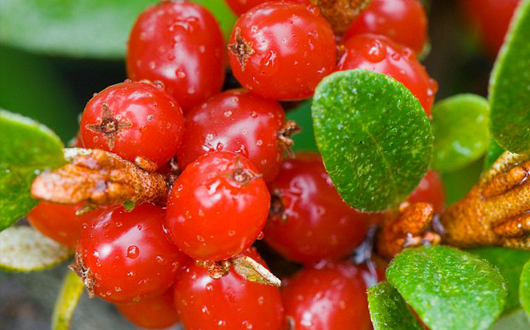
The buffaloberry is native to Western North America. It has high levels of phenolic and carotenoid antioxidants, like lycopene.
You’ve probably heard of high levels of lycopene in tomatoes. It helps fight diseases such as diabetes and metabolic syndrome.
Beluga Lentils
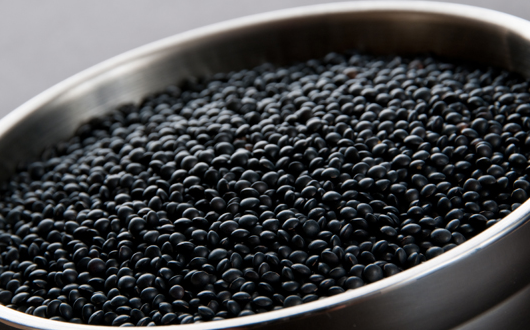
Beluga lentils are a Syrian lentil named for looking similar to caviar. It can be sprinkled on salad or appetizers.
Beluga lentils can boost your memory due to their anthocyanins, which are a class of flavonoid antioxidants.
Baobab
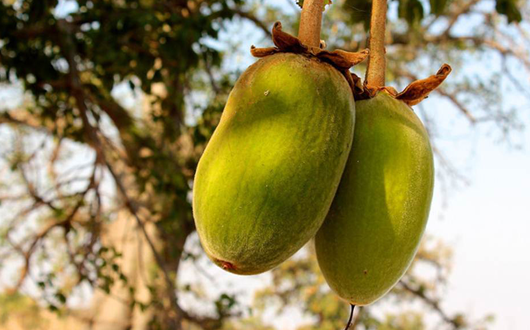
Baobab is a black African tree that has superfruit. It contains 10 times more antioxidants than the acai berry.
It is also a prebiotic, has all 9 essential amino acids and is high in vitamin C, fiber, potassium, and magnesium. The baobab is nicknamed the “tree of life” for a reason.
Canary Seeds
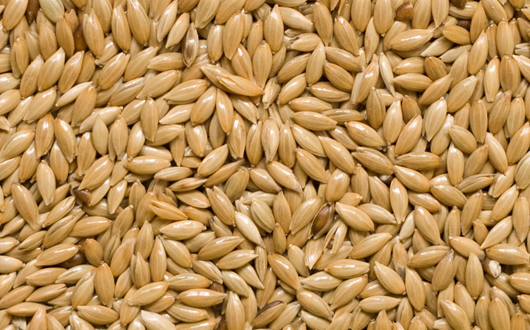
Canary seeds (that’s right, food for birds) are inedible for humans due to the tiny hair that cannot be digested.
Now a new hairless seed is being developed that is a good gluten-free grain alternative.
Manuka Honey

Manuka honey is created by New Zealand bees when they pollinate the manuka bush. Like any other honey, Manuka honey can be used to treat wound infections.
The flavonoids produce an anti-inflammatory, anti-cancer, and antimicrobial effect. It can also be used to treat gingivitis and plaque, as well as working as a general anti-bacterial agent, particularly due to the methylglyoxal (MG) compound.
Manuka honey has a potency rating scale called the Unique Manuka Factor (UMF). Look for a UMF rating of at least 10 when purchasing Manuka honey for therapeutic use.
Greek Coffee

Have you ever heard that those who live in Icaria, a small Greek island, are among the longest-living in the world? This is due to their Arabica beans used in their coffee.
Arabica beans are high in cafestol and kahweol, which are antioxidants that fight cancer. It also enhances vascular and endothelial function.
Black Soybeans
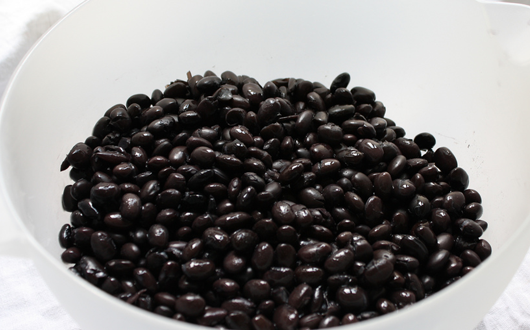
Black soybeans are another superfood that is linked to weight loss. They are black on the outside and yellow on the inside.
A Korean study suggests that these black soybeans are beneficial for those with high cholesterol and type 2 diabetes.
Kiwicha
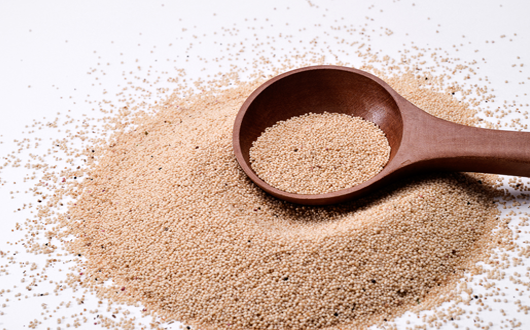
Kiwicha (aka amaranth) is similar to quinoa, which is another Andean superfood. Kiwicha seeds are smaller than quinoa seeds and are often sold as cereal, trail mix or snacks in South America.
Kiwicha is rich in phenolic compounds, calcium, fiber, iron, and zinc. Kiwicha is also a gluten-free alternative for those who suffer from celiac disease.
Romanesco

This cauliflower-looking superfood (sometimes called a broccoflower) is loaded with vitamin C and vitamin K, plus loads of antioxidants, folic acid, potassium, fiber, and carotenoids.
You can substitute it in any recipe that calls for broccoli or cauliflower, and it has a slightly nutty flavor.
Enjoyed 17 Superfoods You’ve Never Heard Of? Share it with your friends so they too can follow the Superfoodsliving journey.
Share on Pinterest
